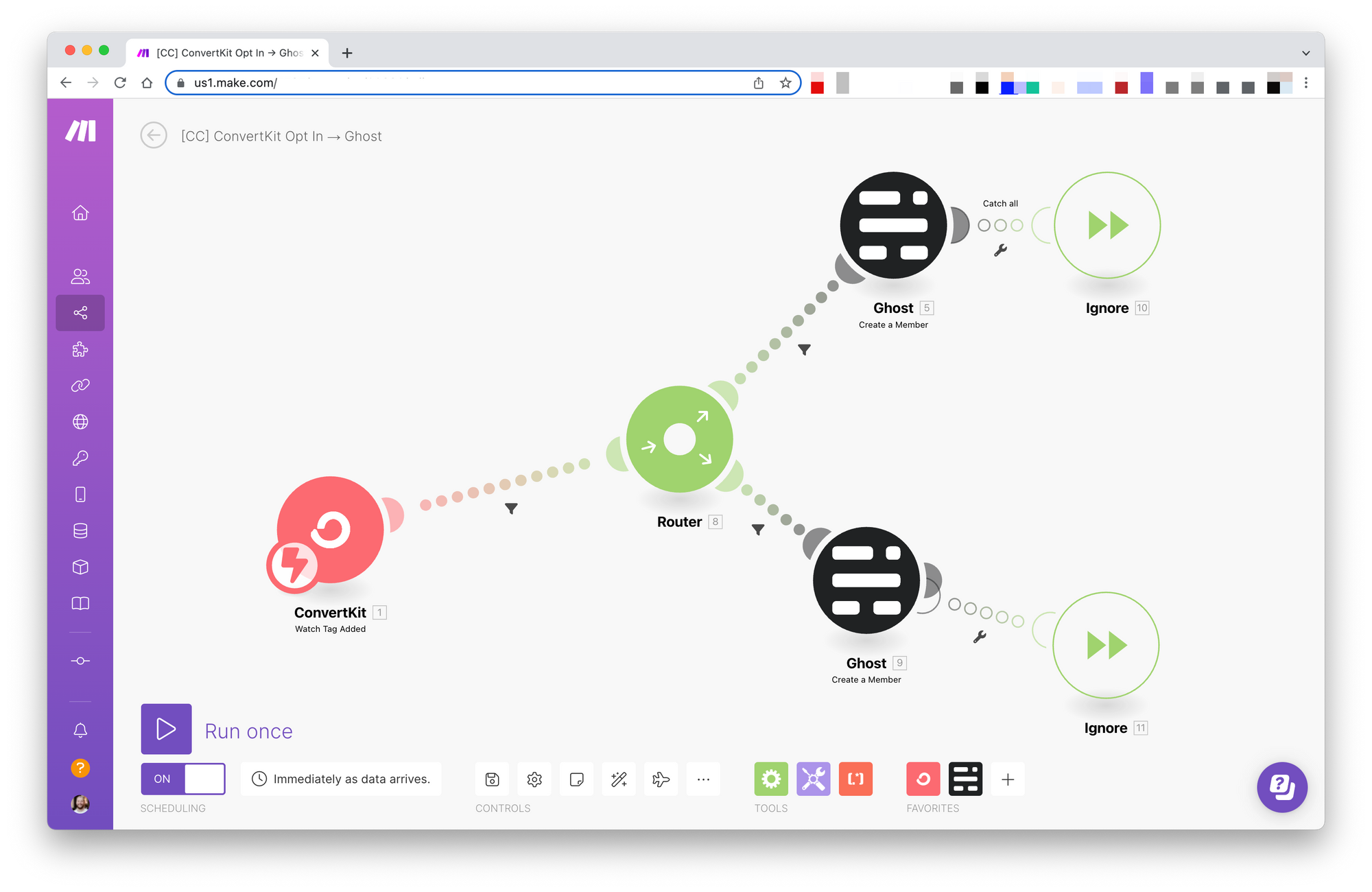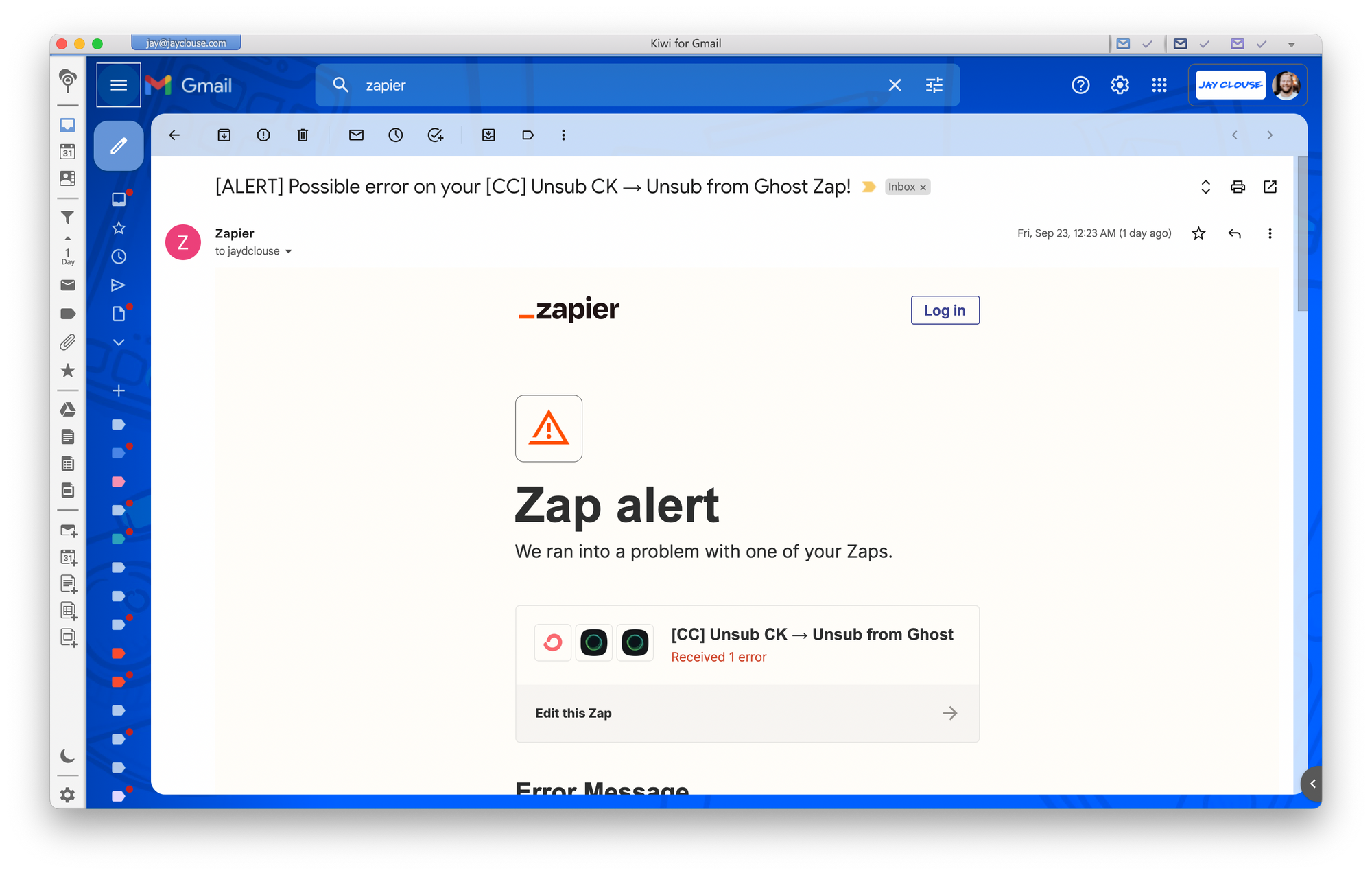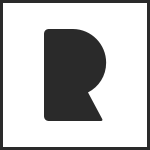As a creator, it's easy to build your business in such a way that it feels difficult or even impossible to take breaks, step away, or limit your own involvement.
We build systems and processes with ourselves at the center. So if we remove our own involvement, everything else breaks down.
Who sends the email?
Who films the video?
Who serves the client?
And most importantly, how does the business generate revenue?
I'm in the middle of my biggest month of revenue ever. But if I wasn't sitting down at the controls every morning, what would have happened? I certainly wouldn't have had the month that I did.
I have a lot of friends who are more "traditional" entrepreneurs – agency owners, product companies, and service businesses. For most of them, it's very clear how they can build the business to remove their own involvement. They simply need to hire, train, and build processes to deliver the product or service they're known to provide at a consistent standard of quality.
Most businesses are designed as machines to be improved upon.
But as creators, we often think of our businesses differently. We focus on constantly creating new things – new content, new products, and new sales campaigns.
What if we thought of our businesses as machines? How would that change the way you operate your creator business?
Machines aren't always robots
To help us think practically about your business as a machine, let me start with this: your "machine" probably won't be a fully autonomous robot.
When I think about a machine, I think about a reliable, resilient processes and systems that can operate with a minimal amount of your personal involvement.
Your "machine" may look like other people you've hired to help. That's the model of many companies today – firms, manufacturing companies, and especially agencies.
All businesses still rely on human labor to some degree.
Machines complement human labor
Machines can't do everything. Yes, of course, some jobs previously performed by human labor can be totally replaced by machines – we saw it in manufacturing, and we're even beginning to see it in trucking!
But even in industries where machines have replaced human jobs, other jobs have been created to work alongside the machines.
It's a worthy pursuit to try and automate as much as you can, but, ultimately, you will likely always require some level of human labor.
So as we talk about building your machine, understand that your best path forward (especially in the beginning) may be hiring help on a full-time, part-time, or contract basis.
Machines mimic manual processes
Let me also put your mind at ease: everything you've done to this point was useful and necessary work to actually build your business as a machine.
Machines are constructed to deliver the same result that you've been creating manually.
You can't create a machine to bake the perfect cookie until you've personally learned how to build the perfect cookie. You first need to learn the proper inputs that create the desired output. Then you build a machine to replicate those results and deliver the same product quality.
You need to master the human process in order to design the machine.
That may be as simple as developing SOPs (Standard Operating Procedures) that document your current manual process so that you can outsource that process to someone else.
Machines are repeatable
Machines are built to repeat the same processes over and over and over.
Humans easily get bored doing the same thing over and over again, but machines do not.
If there are tasks and operations inside your business that you are currently repeating on a consistent basis, it's likely that you'd be better served by developing a machine to take over those tasks for you.

Ideally, you can actually replicate these processes using software or no-code automation tools like Zapier and Make.

If that is difficult or impossible, you can hire for these tasks as well.
Machines are automated
The best machines operate in a set-and-forget context. Once set up, these machines just work. They run as often and for as long as you want because they are automated.
Beyond setting them up or pressing some sort of power switch, machines should take care of their jobs without your involvement.
For software or no-code tools, this is a huge benefit. Sometimes things break, but those machines often send some sort of warning message when something is failing.

For hired help, if you provide thorough documentation and continue to improve upon that documentation, people should be able to operate autonomously.
Machines require minimal input
Even the most automated machines will require some form of input. Beyond pressing the power switch, machines require energy of some kind.
That may be electricity, fuel, or some other resource – like money.
Whether you're paying for software, paying invoices, or paying for advertising, most creator machines are going to require money as input.
It's not a bad thing that machines require input, you just need to be aware of what that input is and ensure you have plenty of it on hand.
The goal is to reduce the necessary input as much as possible in order to still receive the finished product on time and to the standard of quality you desire.
This is the pursuit of someone trying to minimize the Cost Per Click on a Facebook ad campaign in order to get an email subscriber, for example.
Machines maximize output
Your machine will take your input and deliver your output.
It's a simple equation:
Input + Machine = Output
You want to maximize the right side of that equation. How do you get the best output possible for the minimum input?
Your input may be the most expensive part of the process. For creators like us, again, it's probably money. We put money into the system in order to get the output that we want.
If your output isn't to the standard you want, you may need to increase your input. For example, if the freelancer you hired isn't performing to your standard, you can either increase the time you input to train that person or elect to pay a higher wage for a more skilled worker.
Sometimes when your output IS to the standard you want, you may want to increase input in order to deliver even more output. If you see that you can invest $1 in advertising and earn $1.50 in return, you'll probably want to put as much into the system as possible!
Machines have a high upfront investment
That process of getting the maximum output for the minimum input means that your machine needs to be strong, sophisticated, and resilient.
In order to create that machine, you'll need to invest a lot of resources upfront.
It takes time to hire and train great help.
It takes time to develop great processes and systems.
It takes time to develop assets that can be used over and over again.
And it takes money (directly and indirectly) to afford that time.
You won't build your machine overnight.
Machines get better over time
Once your machine is built, you need to maintain it.
If you stopped oiling a machine, it would degrade and fall apart. If you stopped providing fuel for a machine, it would stop running.
Even more importantly– if you don't continue to improve your machine over time, other competitors will build BETTER machines and start delivering a better product than you.
Machines give you the ability to focus less on the day-to-day work and focus more on improving the machine itself.
Machines are built to last
You want your machine to be resilient. If your machine was as fragile as a McDonald's ice cream machine, you'd get pretty frustrated.
The point of a machine is that you don't need to worry about the output – the system has been built to reliably and autonomously run.
In order to build your machine to last, you need to consistently invest in better tools, upskill your team, and build strong relationships with them.
Ask yourself, "How do I invest my time in building better machine parts?"
What this means to me
This week I sat down and outlined what the Creator Science machine looks like.
Unfortunately, the results were pretty eye-opening (and not in a good way).
Right now, the major input into the system is my time. And while I've done a good job maximizing the output for my time, I have a hard limit on how much input I can put into that machine – 24 hours per day.
So, for me, I'm working to change the equation. I want to build my business to maximize the output of revenue for the input of my time – Khe Hy's $10K work.

Right now, a lot of my time is going into systems and processes that don't generate much income (like scheduling my podcast episodes or curating my LinkedIn newsletter).
If I instead use that scarce input resource (time) to generate as much revenue as possible, I can leverage THAT output as a new input for the machine. Using money as the input, I can hire and outsource more and more aspects of my business.
To be even more specific, I identified 37 discrete tasks that I'm personally investing my own time into that I don't see as my highest-leverage work.
Remember – not everything can be automated. My business grows because of my unique creative input – creating useful content through writing essays like this, producing podcast episodes, and sharing insight inside The Lab.
If I were able to dedicate ALL of my time to earning insight and then distilling that insight into useful content and highly-scalable digital products, that would be the highest-output use of my time.
So my goals are simple:
- Get to a point where my time is only used for creative output
- Build and improve the machine
I've also been thinking about each piece of content I create as a machine part. Essays like this are designed to be durable machine parts – an asset that can be leveraged for years to come.
Lead magnets, digital products, essays, YouTube videos, and other resources can all be leveraged for years after creation.
However, short-form content has a short shelf life. It is not a reusable machine part. It does serve some purpose, so I won't completely remove it from the machine. But I am focused on making it as resilient as possible (like capturing all of my Tweets to repurpose again someday) and outsourcing as much of its production as possible.

What does your business look like as a machine? Comment down below.



Join 54,000+ creators learning from firsthand experiments, expert interviews, and actionable advice every week.